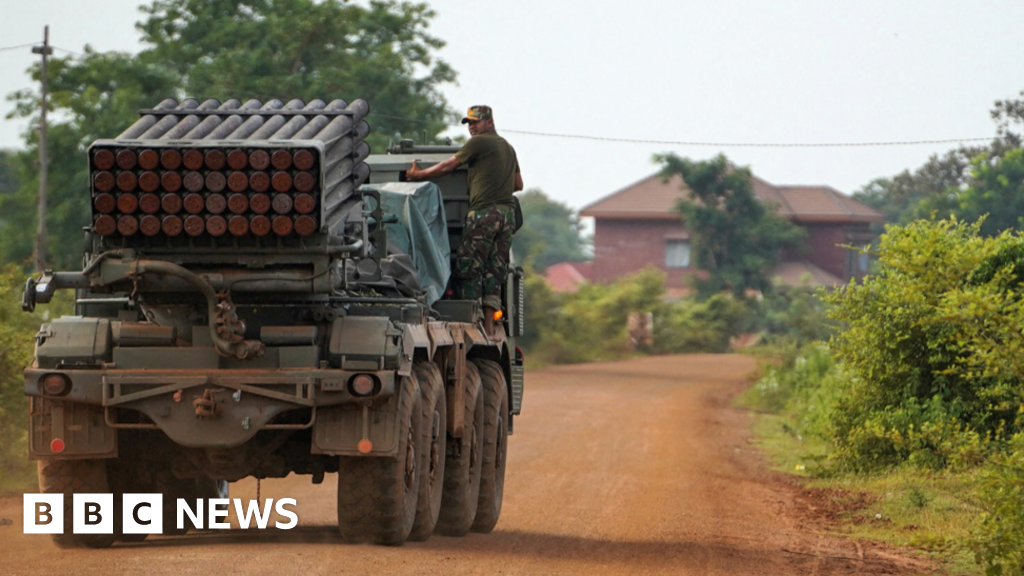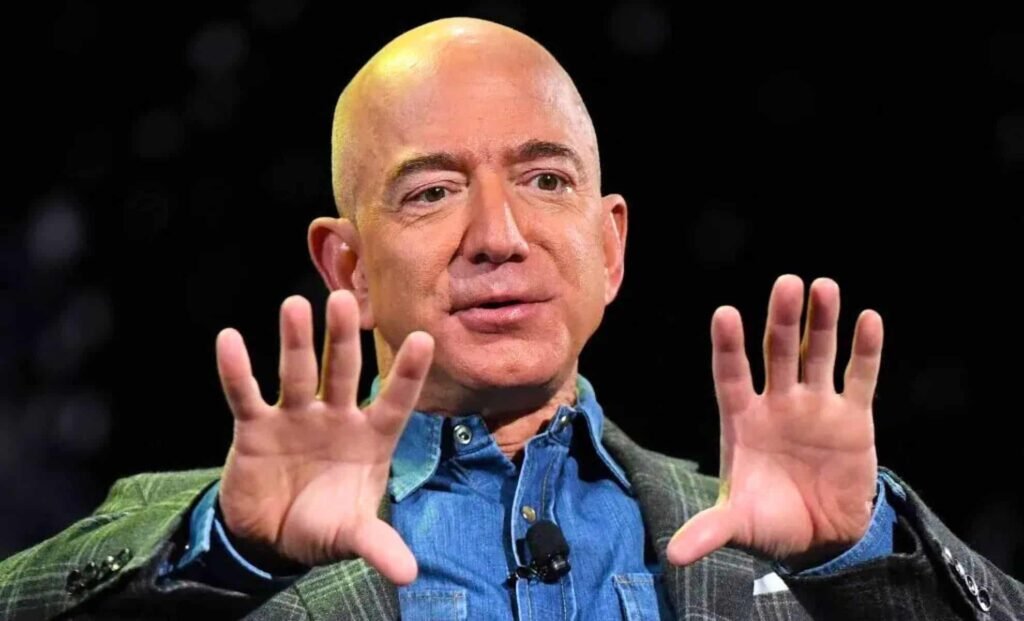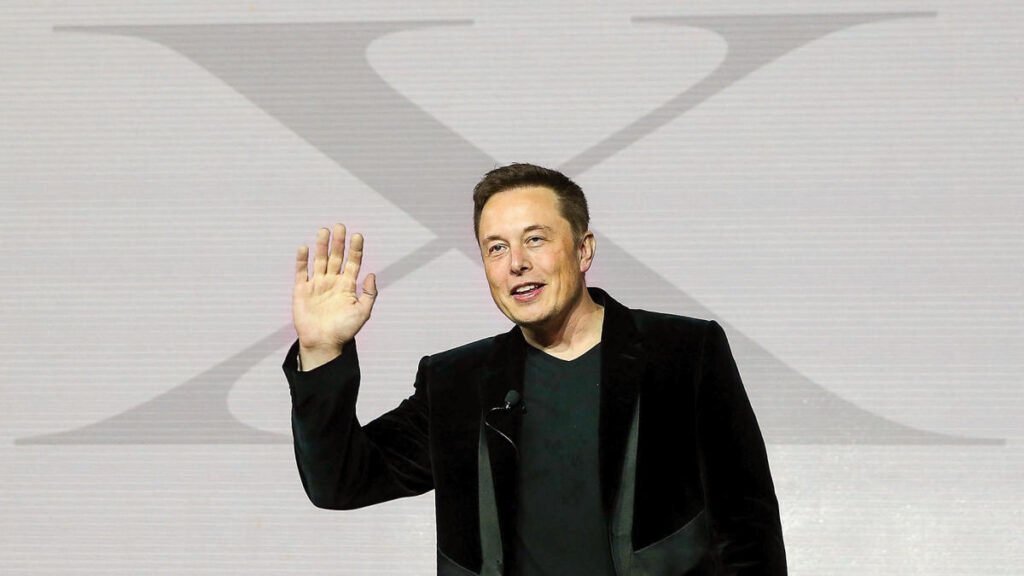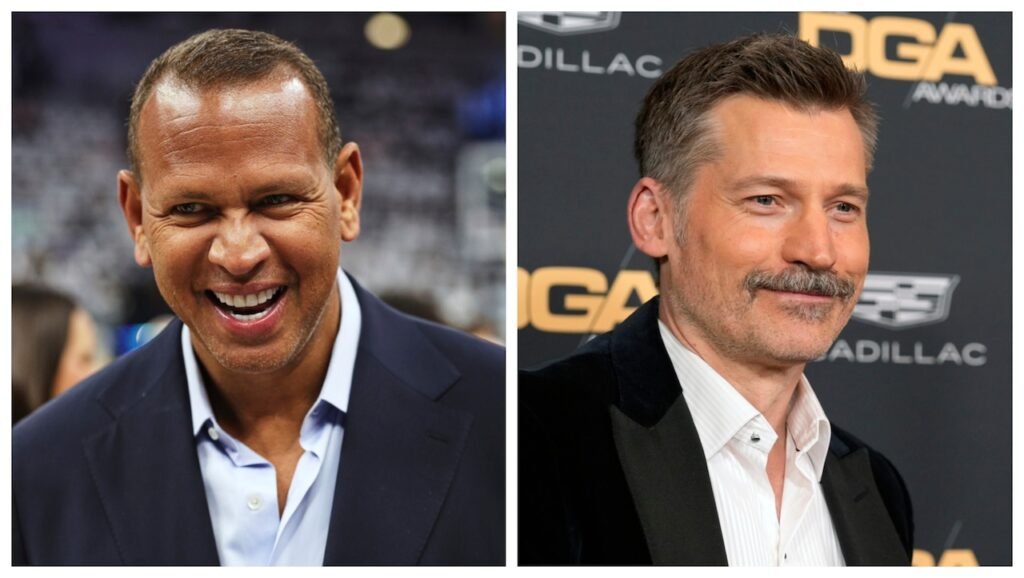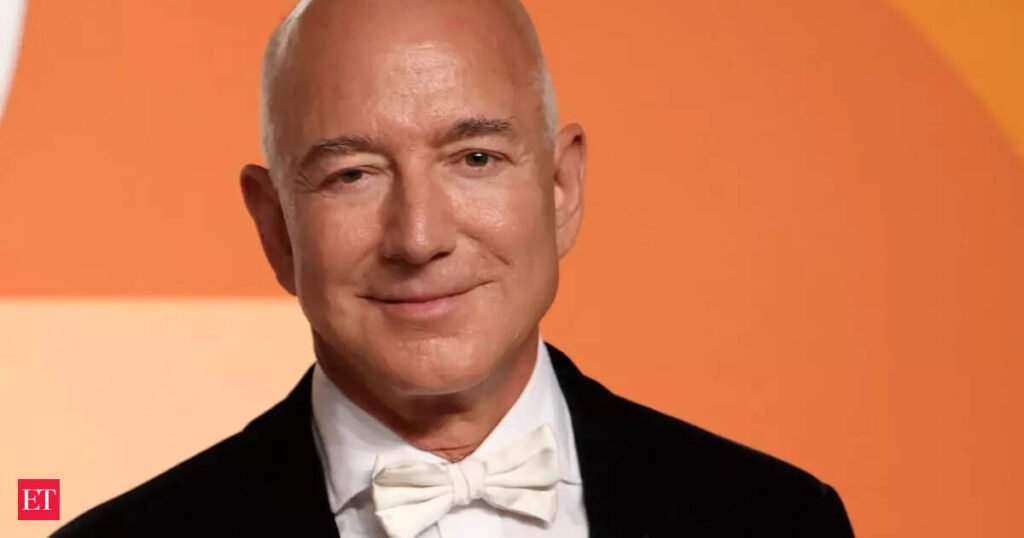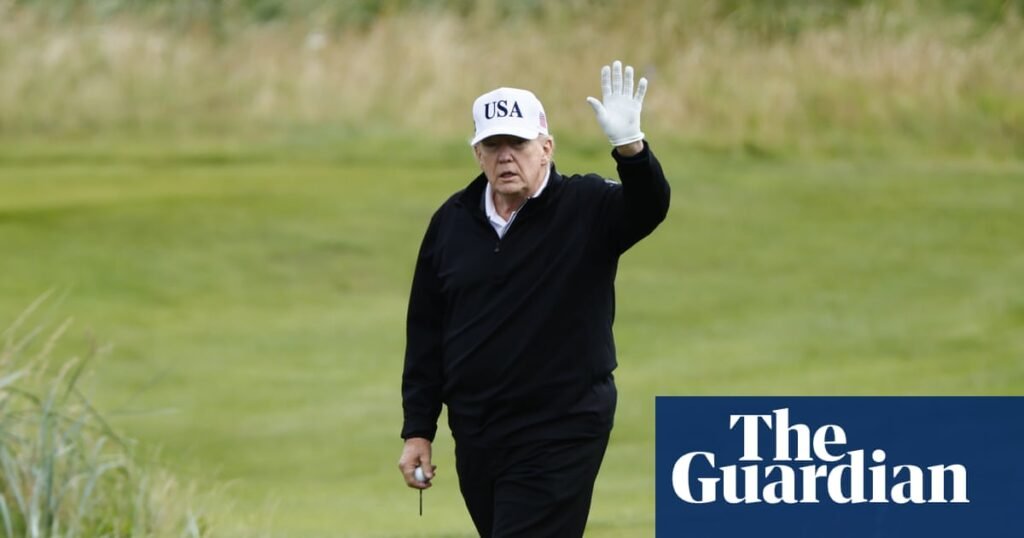US President Donald Trump (R) and Russia’s President Vladimir Putin speak during their meeting on the sidelines of the G20 Summit in Hamburg, Germany, on July 7, 2017
Mikhail Klimentiev | AFP | Getty Images
In heady times — and with trade wars dominating the news agenda — it’s easy to forget that Russia and Ukraine’s soldiers continue to fight for every inch of frontline territory in Ukraine.
Conflict in Gaza, ongoing economic uncertainty in the U.S. and Europe and the shifting geopolitical landscape with strengthening, and opposing, ‘axes of power’ are also at the fore of global policymakers’ minds, pushing more than three-and-a-half years of war in Ukraine down the agenda.
It seems increasingly that both Russia and Ukraine are being left out in the cold, with even this week’s talks in Istanbul, involving negotiating teams from both sides, barely getting a mention in the media. As things stand, there’s an uneasy air when it comes to the direction of the war and prospects for peace.
Trump appeared to lose his patience when he stated on July 14 that Ukraine could receive more U.S.-made weapons — as long as NATO allies paid for them — and gave Russia a 50-day deadline to reach a peace deal with Ukraine. If it did not, he said, Russia would face “very severe” sanctions and “secondary” tariffs of up to 100%.
Those could hit Russia hard, as well as its remaining trading partners, including India and China, who buy Russian oil and gas, among other commodities.
Russian wildcard
As things stand, Russia has until Sept 2 to show it’s serious about a ceasefire and peace plan — on which little progress has been made, despite some agreements over prisoner swaps.
Analysts are skeptical that the threat of more sanctions will move Russian President Vladimir Putin to come to the negotiating table in good faith, let alone talk to Ukrainian President Volodymyr Zelenskyy.
There is a stretch between Trump’s demand for a peace deal and any further sanctions, Mykola Bielieskov, research fellow at Ukraine’s National Institute for Strategic Studies, said.
“The Kremlin is generally banking on the fact that the United States under Trump is incapable of a systematic policy of supporting Ukraine and putting pressure on Russia,” Bielieskov told NBC News earlier in July.
FILE PHOTO: U.S. President Donald Trump and Russian President Vladimir Putin hold a bilateral meeting at the G20 leaders summit in Osaka, Japan, on June 28, 2019.
Kevin Lamarque | Reuters
“Serious secondary sanctions require a willingness to quarrel with China and India, which buy raw materials from Russia,” he noted.
“Similarly, when it comes to weapons, the speed and volume of supplies here and now matter. Therefore, there are many known unknowns. And I think Russia may believe that the U.S. will not dare to impose secondary sanctions on Russia’s trading partners,” he added.
Ukraine, at the mercy of U.S. and European largesse when it comes to weapons supplies, has shown more willingness to negotiate in recent months, calling, along with Trump, for a ceasefire with Russia that has gone unanswered.
It has also shown a willingness to compromise even when it comes to ceding Russian-occupied Ukrainian territory to Moscow if it was granted something of a ‘holy grail’ for the country: NATO membership.
In this aerial view, the ruins of destroyed buildings are seen in the city of Chasiv Yar at dawn on July 24, 2025 in Chasiv Yar, Donetsk Oblast, Ukraine.
Libkos | Getty Images News | Getty Images
But there has been little sign that Russia, making small but incremental gains on the battlefield due to its sheer force of conscripted manpower and intense drone warfare, would be willing to accept Western-pledged security guarantees for Ukraine, in any form.
Dismay over Ukraine
Making matters worse for Kyiv is growing unrest at a domestic level, with misgivings over ongoing martial law, the lack of elections and the wartime leadership of Zelenskyy.
Protests erupted in Kyiv last week amid a backlash against government moves to limit the independence of two anti-corruption agencies. Top EU politicians expressed consternation at the move to outlet Politico, saying it showed a lack of commitment to pursuing European democratic values. Combatting what has been endemic corruption in Ukraine is seen as a prerequisite for EU membership, which Kyiv covets.
Protesters hold placards during rally against law that restricts independence of anti corruption institutions on July 23, 2025 in Kyiv, Ukraine.
Global Images Ukraine | Global Images Ukraine | Getty Images
A government reshuffle in mid-July also fueled accusations that Zelenskyy was concentrating power among loyalists, which could also ignite concerns among Ukraine’s international backers and benefactors.
Ukraine is entering “a critical phase of internal consolidation amid growing external uncertainty,” according to Tatiana Stanovaya, senior fellow at the Carnegie Russia Eurasia Center and the founder of political analysis firm, R. Politik.
“The latest battlefield developments coincide with a new American posture: Donald Trump has opted for tactical delay over decisive engagement, stepping back operationally while transferring financial and political responsibilities to Europe,” she said in emailed comments this week.
“Kyiv, meanwhile, is using this interlude to recalibrate internally. The recent government reshuffle … underscores the Zelenskyy administration’s intent to reinforce political control and preserve cohesion in the face of mounting pessimism, institutional inertia, and an intensifying labour crisis,” she added.
Despite increasing Western unease regarding Ukraine’s domestic trajectory, Stanovaya noted, “international support is becoming more transactional, geared primarily towards sustaining the front line rather than advancing democratic reform.”

